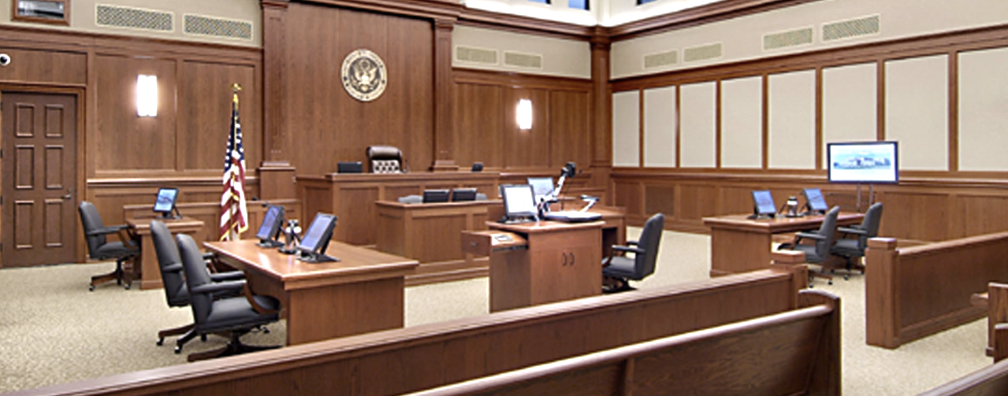Two years ago, French president Emmanuel Macron said he would create a Space Force. On October 12th, he backed up his promise with a 30 billion euros commitment for investment in France’s high-tech sectors.
“We want to have Elon Musks in France,” he told an audience at the Elysée Palace. Macron said that Musk and his SpaceX rocket venture show how innovation globally was moving far faster than expected.
Macron didn’t specifically mention Eutelsat and the bid from Patrick Drahi or the Franco-German Ariane 6 rocket system (itself now many years late in its development). However, satellite sector analyst Sami Kassab fleshed out the comments, saying that Macron wants to work with established and new players to deliver on four main goals: reusable small launchers, smallsats, new use cases and ‘tomorrow’s constellations.’
Kassab, from investment bank Exane/BNPP, said, “[Macron’s] analysis echoes our views that we have entered a new space age where competition from mega constellations is likely to have an impact on some of the established players and where space occupies a new geopolitical dimension. The French government appears supportive of its space champions. However, there was nothing in President Macron speech that would have suggested a position with regards to the recent bid on Eutelsat. But with time passing and with no objection raised in public, we believe it is increasingly likely that the Drahi bid has some government support. We continue to expect Drahi to raise its offer on Eutelsat.
“This speech also has us reaffirm our views that France with the EU are likely to announce investment plans regarding LEO constellations. Taking a minority stake in OneWeb or Telesat Lightspeed is one possible option but this idea has been rejected by rocket launchers, satellite manufacturers and SES. Announcing a public-private partnership to build a European constellation is another option supported by most industry participants. In our view, a way for Europe to rebuild its competitiveness in space would be to build a multi-orbit system to benefit from the low latency contribution of LEO assets and the relatively lower cost of MEO/GEO systems. We believe this would favour both SES (positive) and Eutelsat (equal weight).”
Last week it was an Intelsat motion to its bankruptcy court that accused SES of being “on a warpath” as far as its allegations over SES claims concerning how the FCC’s C-band incentive payments were concerned.

SES responded on October 11th with a detailed rebuttal saying it had proposed “numerous compromises” to Intelsat and asked the bankruptcy court to permit SES to take four depositions from Intelsat witnesses “who have personal knowledge highly relevant to SES’s objections.”
SES, in its motion, alleges that “At every stage, and at every decision point, [the] debtors and various creditor groups have maneuvered to divert value away from Intelsat US LLC.”
Intelsat US is SES’s contractual counterparty to the C-Band Consortium Agreement, and it is this particular Intelsat entity which is entitled to Intelsat’s share of [the FCC’s] Accelerated Relocation Payments (ARPs). SES also argues that it “undisputed” that it is Intelsat US which carried out substantially all of the work associated with clearing the C-Band and the FCC’s payment of some $3.39 billion.
However, SES says that Intelsat’s bankruptcy Recovery Model allocates “a mere” and “nominal” 4.5 percent of that ARP value to Intelsat US.
“SES is entitled to testimony from percipient witnesses that will allow SES to demonstrate that the Second Amended Plan cannot be confirmed because it steals billions of dollars in value from Intelsat US, which at every relevant point in time has had no one—and in particular the four witnesses whose depositions are at issue in this Motion— protecting its interests and the interests of its creditors,” stated the SES motion.
Appear, a global player in media processing and delivery technology, has launched a new, tailor-made solution dedicated to Digital Satellite News Gathering (DSNG).
The X10 DSNG includes a switch module, with built-in satellite reception and ASI IO ports, that supports encoding and satellite uplink in a single 1 rack unit (RU) chassis. With increasing demands for live event coverage, the X10 DSNG is a compact, powerful solution that meets the very specific and challenging needs of DSNG and mobile production.

“Over the past 18 months we’ve seen more remote productions and large-scale events take place, which has thrust OB and DSNG into the spotlight, and put more demands on operators. DSNG has an important role to play, and we’re delighted to bring a new solution to market that addresses their specific needs,” said Thomas Bostrøm Jørgensen, Chief Executive Officer at Appear. “The X10 DSNG not only supports fibre and satellite, but with built-in security, redundancy and support for an array of compression technologies and protocols, it is a solution that not only meets operators needs today, but will continue to support them for years to come. It is a comprehensive, powerful solution, and we’re excited to see how it fulfils its huge potential in this market.”


